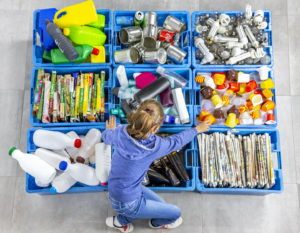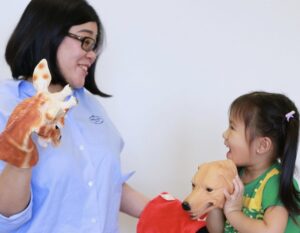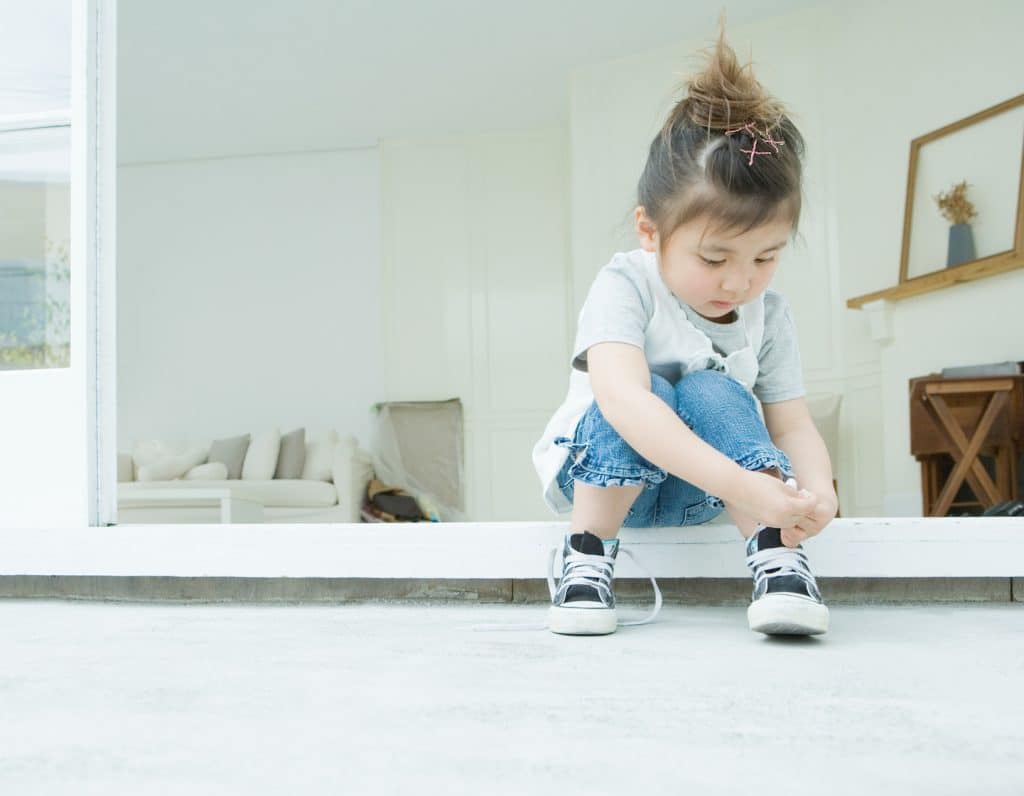
 Post Category - ParentingParenting - Post Category - Toddler & PreschoolerToddler & Preschooler
Post Category - ParentingParenting - Post Category - Toddler & PreschoolerToddler & PreschoolerA child development expert describes 4-year-olds as “joyous, exuberant, energetic, ridiculous, and untrammelled — ready for anything.” Sound about right, mama?
Please welcome child development expert Dr. Aletheia Lee of Chapter Zero Singapore, with a fascinating four-part series on age 4 and the science behind your child’s emerging sense of independence. Baffled by your child’s recent behaviour? Here’s how to make sense of it!
One of the long-standing goals that parents have for their children is agency: independent thought and action. Across cultures and ethnicities, parents most value their children’s ability to be self-reliant, self-fulfilled, resilient, determined, able to think for themselves and to do things on their own1,2,3.
The good news is that independence is part of our nature. Like other forms of development, it follows an inherent trajectory through childhood. Just as an infant innately learns to roll, crawl, sit, stand, walk, and run, so the baby will naturally transform from an intensely dependent creature into an independent and autonomous individual, as soon as the child’s central nervous equipment is mature enough to do so. Let’s admire some significant elements of this process.
Click here for Part 2: How Attachment Helps Kids Learn Independence
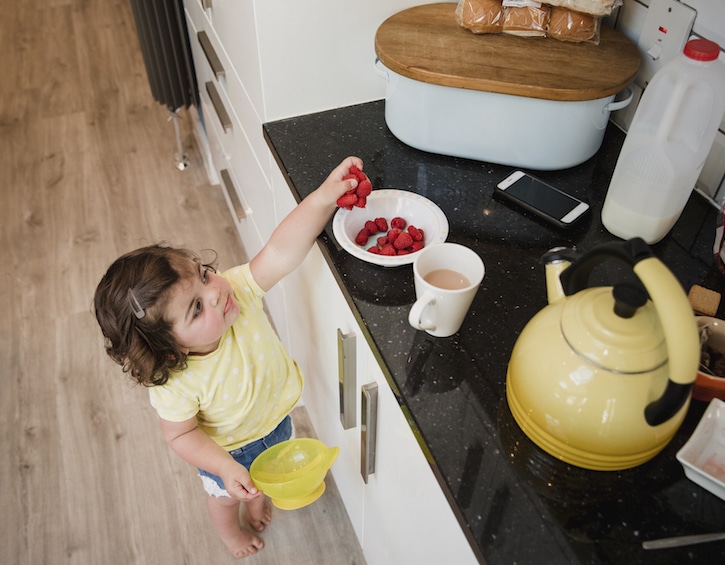
Seeds of Independence
From the very beginning, children are continually discovering what this world is all about, how they can engage with it, and what they are able to do. The 3-month-old infant discovers her hands for the first time. The 5-month-old baby figures out how to roll over and reach for a toy. The 1-year-old pulls herself up to standing. The 2-year-old eats from his own spoon and drinks from his own glass. The 3-year-old chooses her attire and wants to get dressed by herself.
Provided with chances to try their hand at daily activities, we can observe a young child develop skills and a willingness to work hard and master abilities. Rather than put the toy in the baby’s hands, we may place it close by and let the baby decide if he wants to reach over for it, and how to do so. Instead of drinking from a sippy cup, we may offer the toddler a small pitcher with a tiny serving of water and guide him to pour his drink into a small glass. Sure, it may be sometimes messier than the adult pouring, but the child gains the opportunity to practise fine motor skills and take pleasure in simple tasks. When children demonstrate that they are capable of a certain amount of independence and can be quite in charge of their own behaviour, everyone feels great — the child most of all.
The Age of Independence
Traditionally, preschool education in Singapore begins at age 4, with a year of nursery before two years of kindergarten4. The general judgment is that most 4-year-olds are capable of keeping themselves safe while they mingle with other kids or be on their own, away from parents and caregivers.
The 4-year mark is regarded as the ubiquitous turning point in the growth of independence. Louise Bates Ames5 describes a boy or girl of this age to be “joyous, exuberant, energetic, ridiculous, and untrammelled — ready for anything.” With flourishing physical agility and a fluid imagination, the 4-year-old child is armed for adventure and seeks out lots of new activities.
So, what happens at age 4 that motivates children to be so fiercely independent? Brain research reveals that communication between the left and right cerebral hemispheres improves dramatically around this time6. As the brain develops, so does the mind. Better cortical dynamics enable 4-year-olds to be much more aware of mental life. In other words, children are now conscious of their perceptions and thoughts. And they begin to distinguish further dimensions of the universe: appearance and reality (fake flowers), real and imaginary (dragons), as well as the inner thoughts and minds of other people. At this point, the world takes on serious texture and possibility.
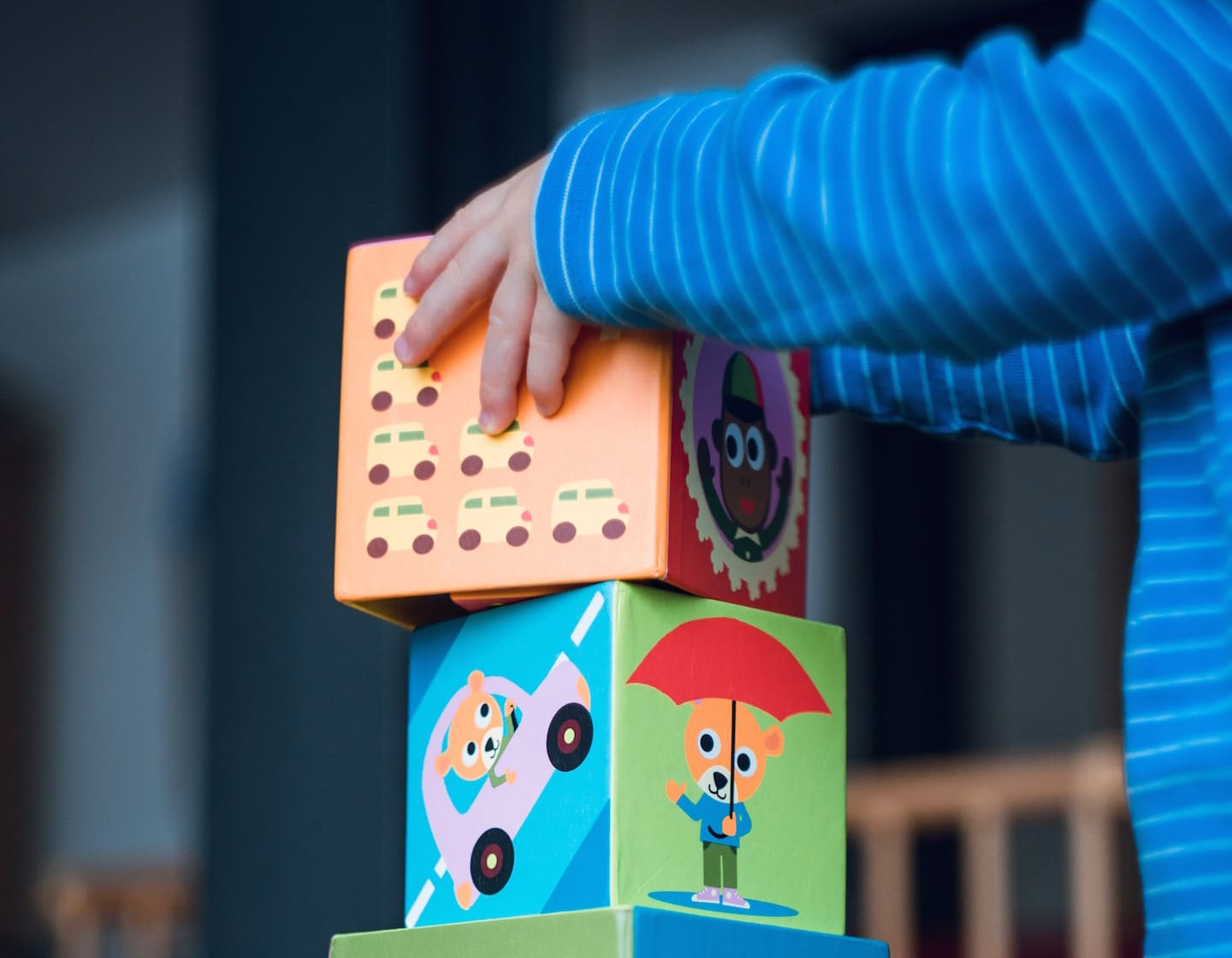
We see this understanding expressed in their games of hide-and-seek, catching, and socio-dramatic play, where they adopt the perspective of different roles (hider, seeker, catcher, runner, mother, child, doctor, patient, teacher, student, grocer, shopper). Moreover, 4-year-olds are able to enjoy playing with peers because they can pay regard to the perspectives of playmates and make allowances for their needs and feelings, negotiating terms of play to satisfy everyone so the game can go on. Charged with such expansive attitudes toward life, it’s no wonder the children crave for open spaces and the chance to “try” something or understand “why”. The 4-year-old’s mind comes on fast and furious.
In this series I will touch on topics relating to this exciting stage of independence, including how it relates to learning; the fascinating phenomenon of “private speech” (i.e. kids talking to themselves) in self-direction and emotional development; and how parents can support children’s growing independence through trust and interactions, whether with responsive caregiving during infancy or sharing household tasks as they get older.
Click here for Part 2 in this series, “Learning to be Independent”!
- Suizzo, M. (2007) Parents’ goals and values for children. Journal of Cross-Cultural Psychology, 38, 506-530.
- Kâgitçbasi, Ç. (2005) Autonomy and relatedness in cultural context: Implications for self and family. Journal of Cross-Cultural Psychology, 36, 403-422.
- Lin, C. C., & Fu, V. R. (1990) A comparison of childrearing practices among Chinese, immigrant Chinese, and Caucasian American parents. Child Development, 60, 429-433.
- The Education System in Singapore. (n.d.) Retrieved from https://www.internations.org/singapore-expats/guide/29461-family-children-education/the-education-system-in-singapore-16071
- Ames, L. B. (1976) Your Four-Year-Old: Wild and Wonderful. New York: Delacorte Press.
- Fischer, K. W., & Rose, S. P. (1994) Dynamic development of coordination of components in brain and behavior: A framework for theory and research. In G. Dawson & K. W. Fischer (Eds.), Human behavior and the developing brain, pp. 3-66. New York, NY, US: The Guilford Press.




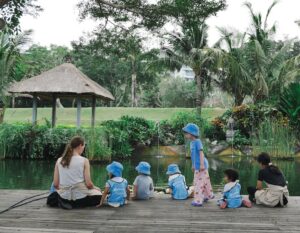

 View All
View All




 View All
View All









 View All
View All



